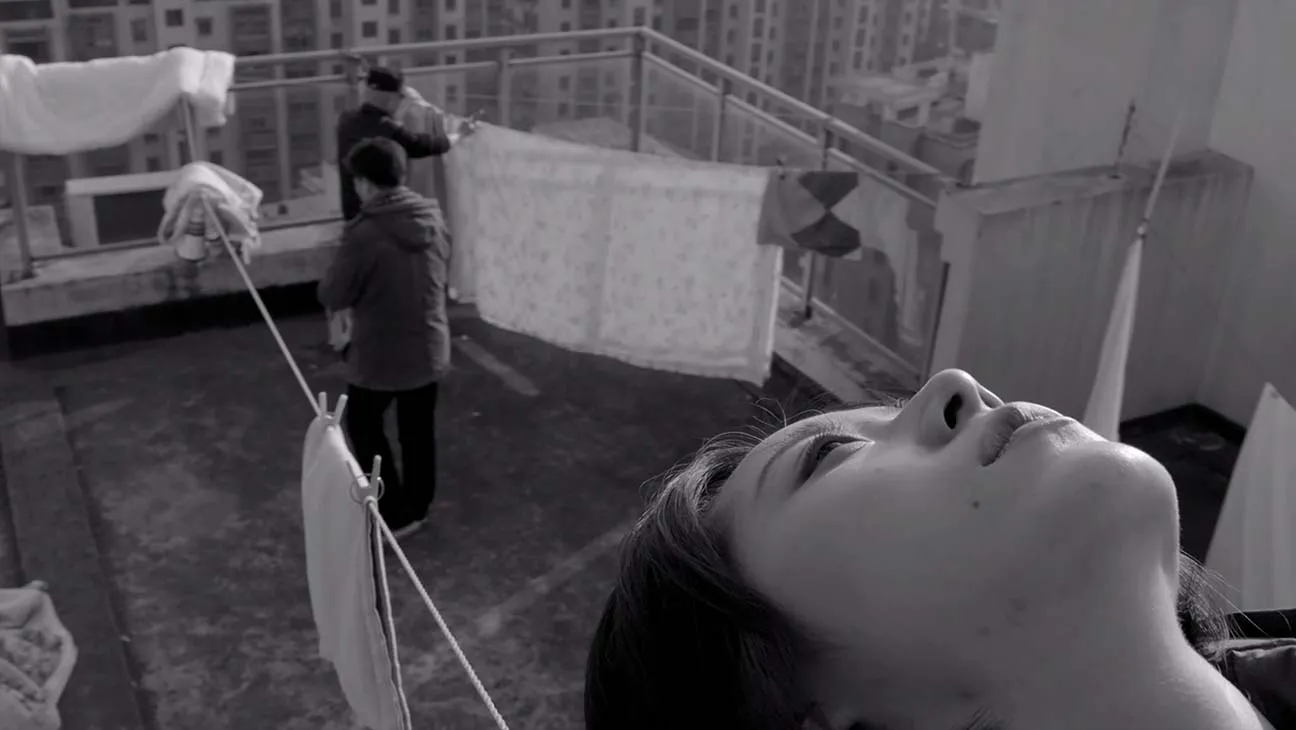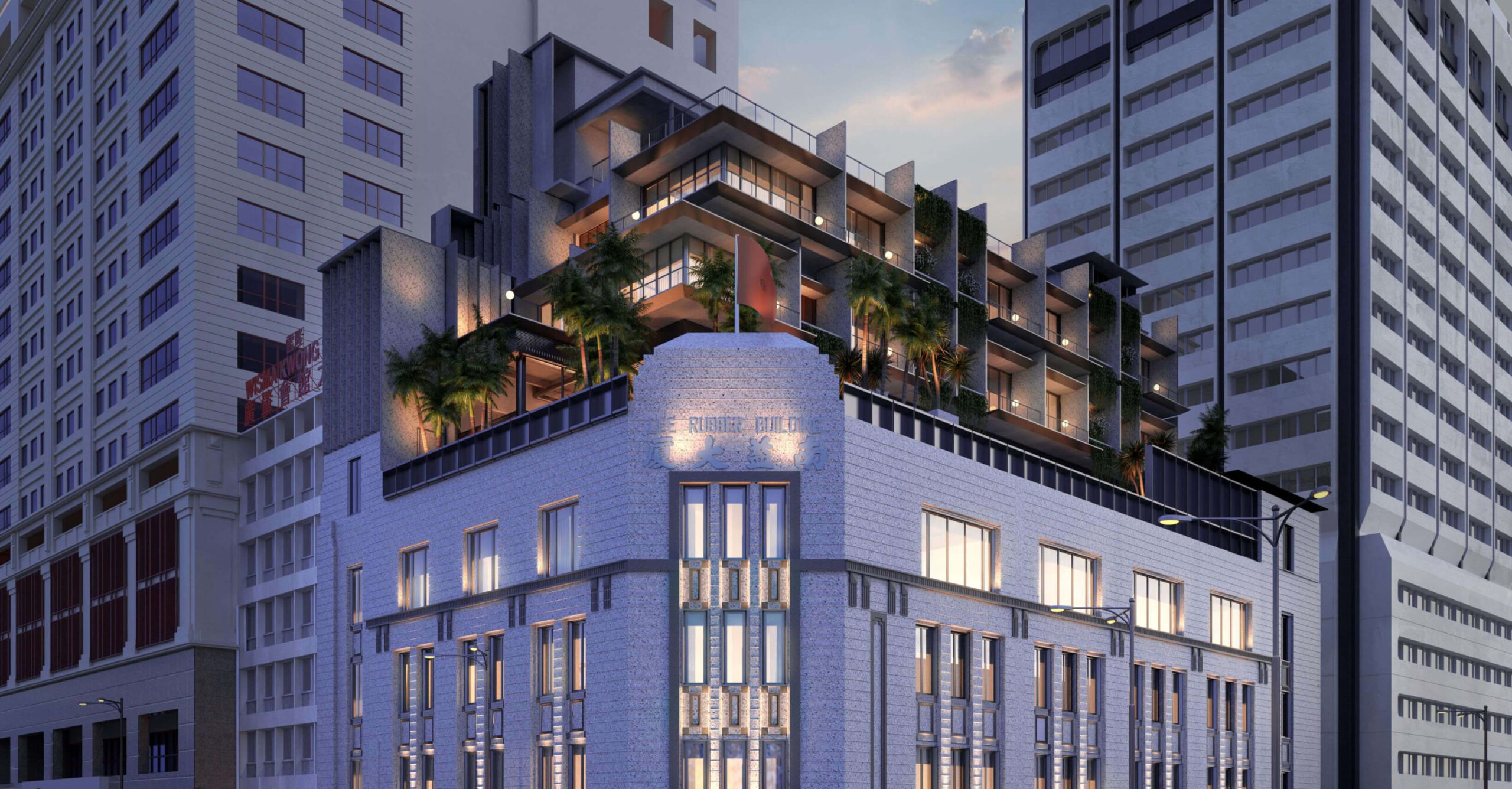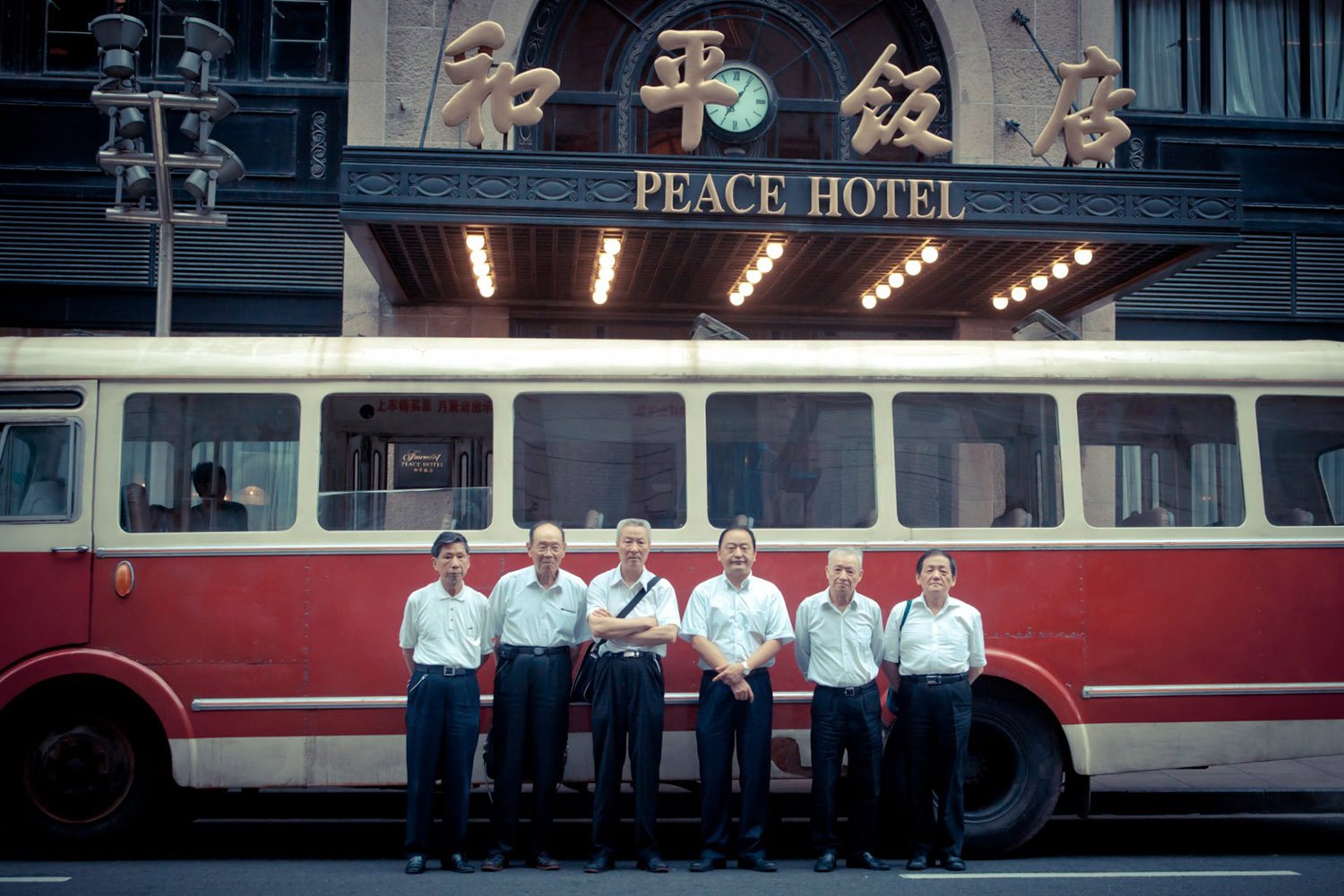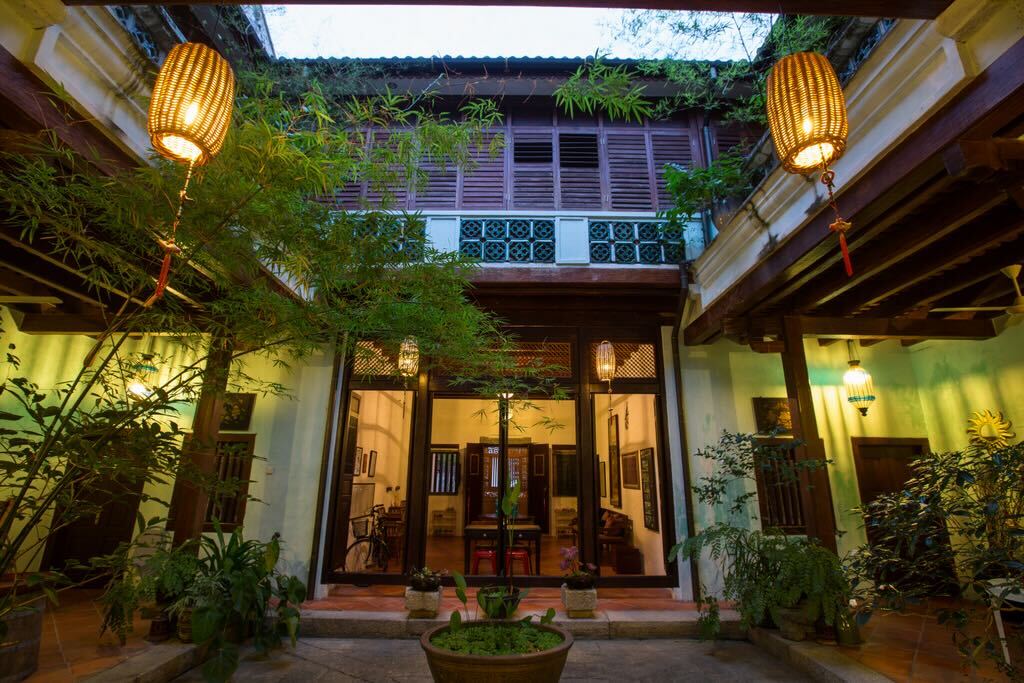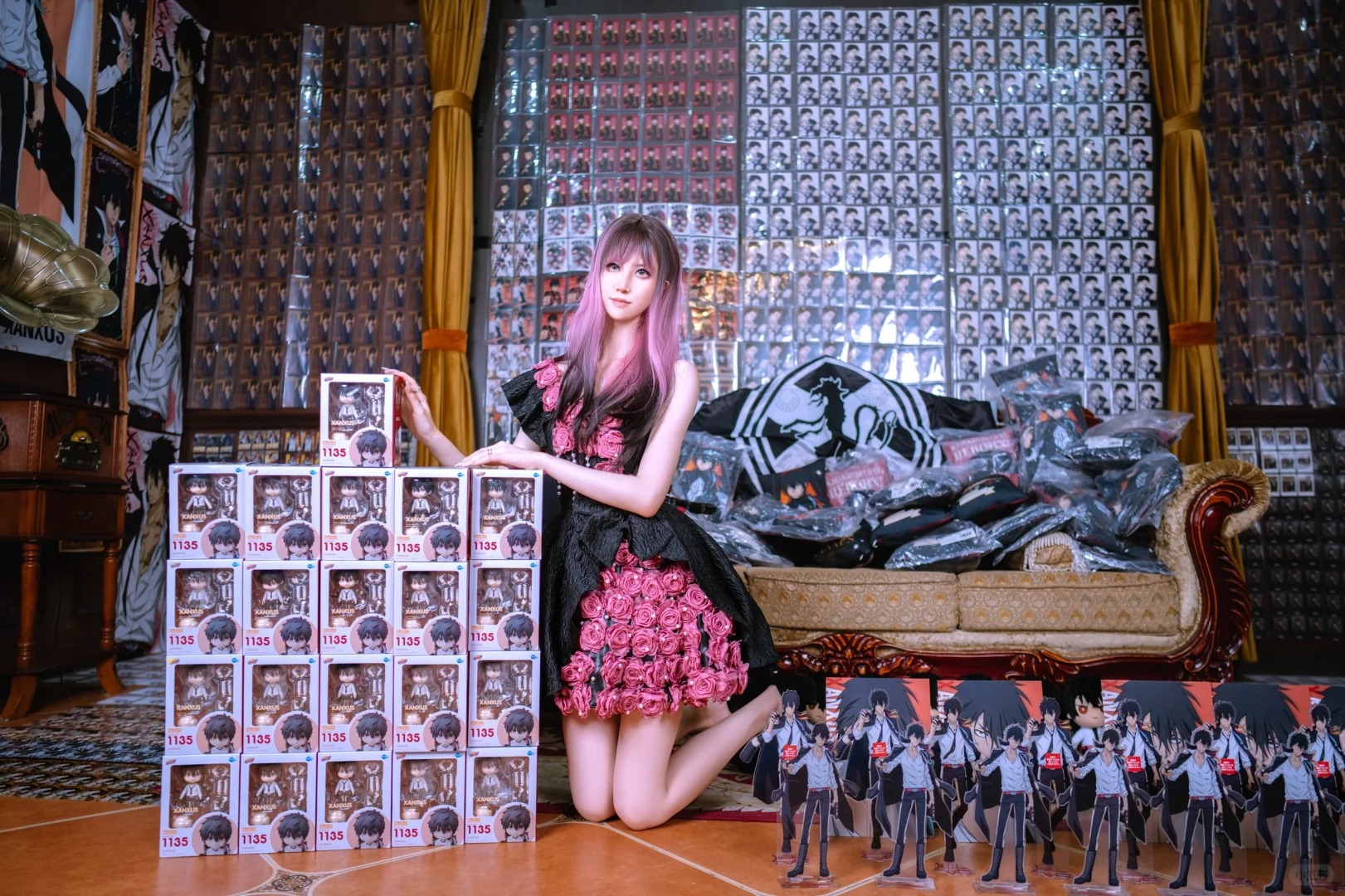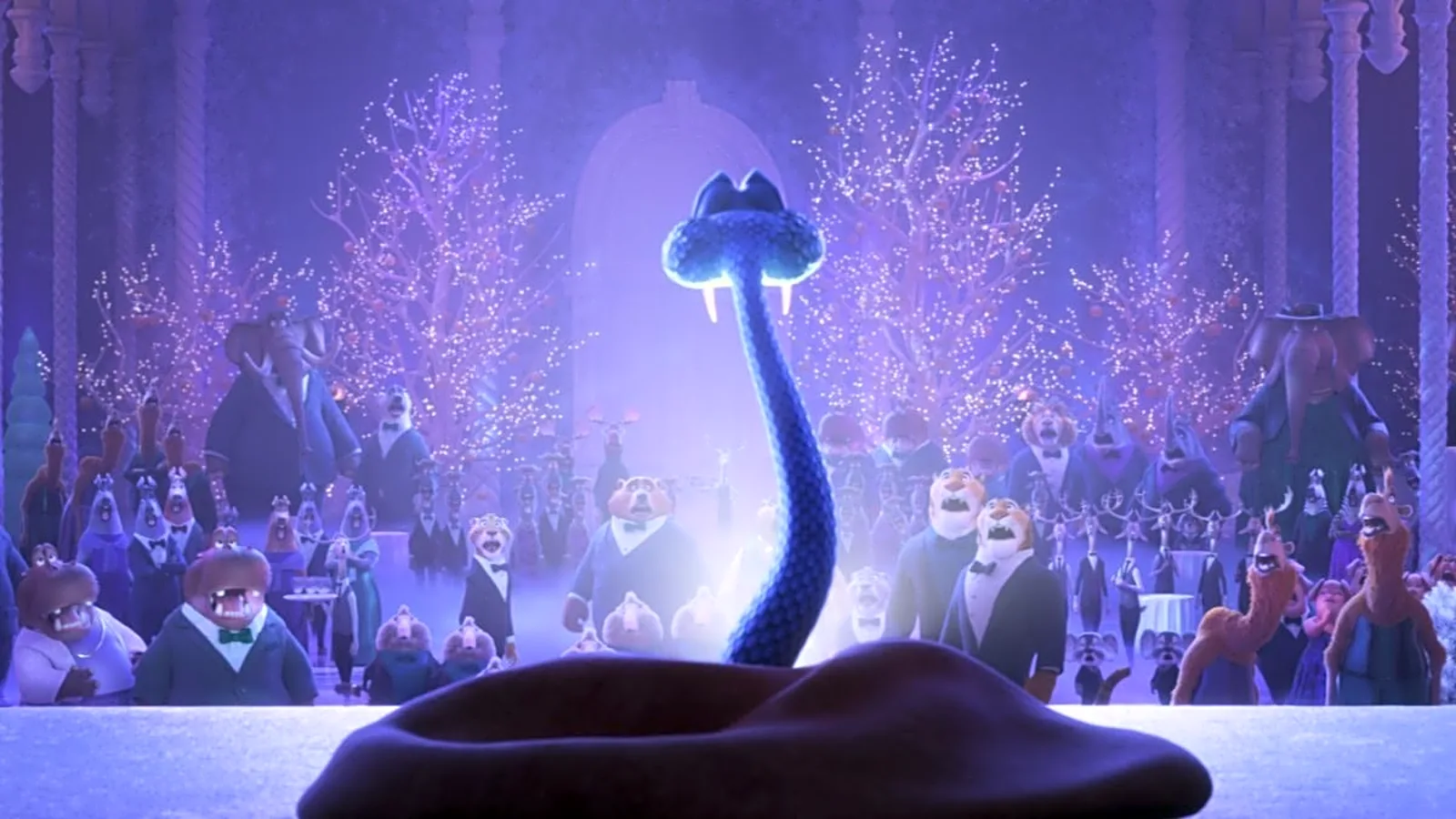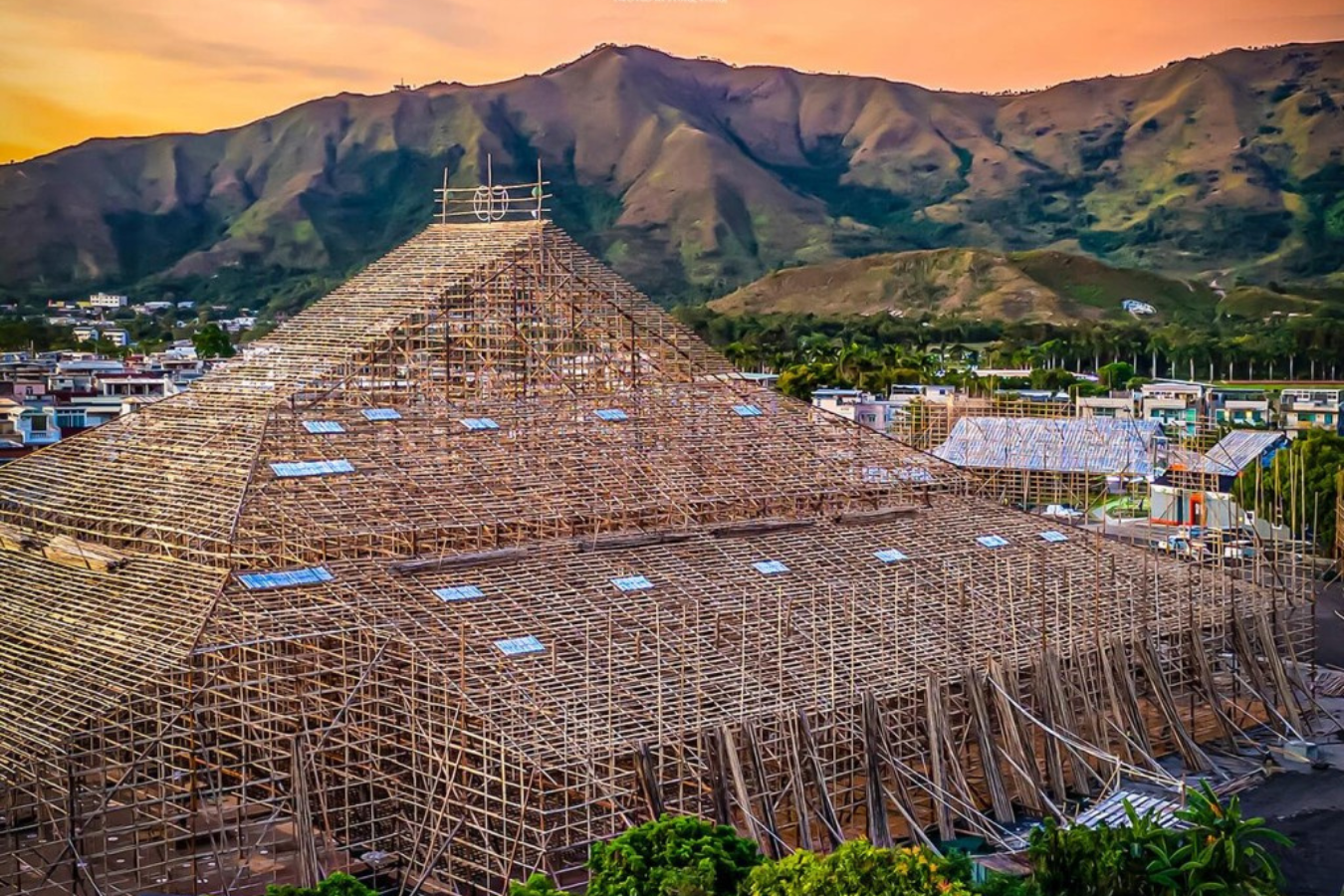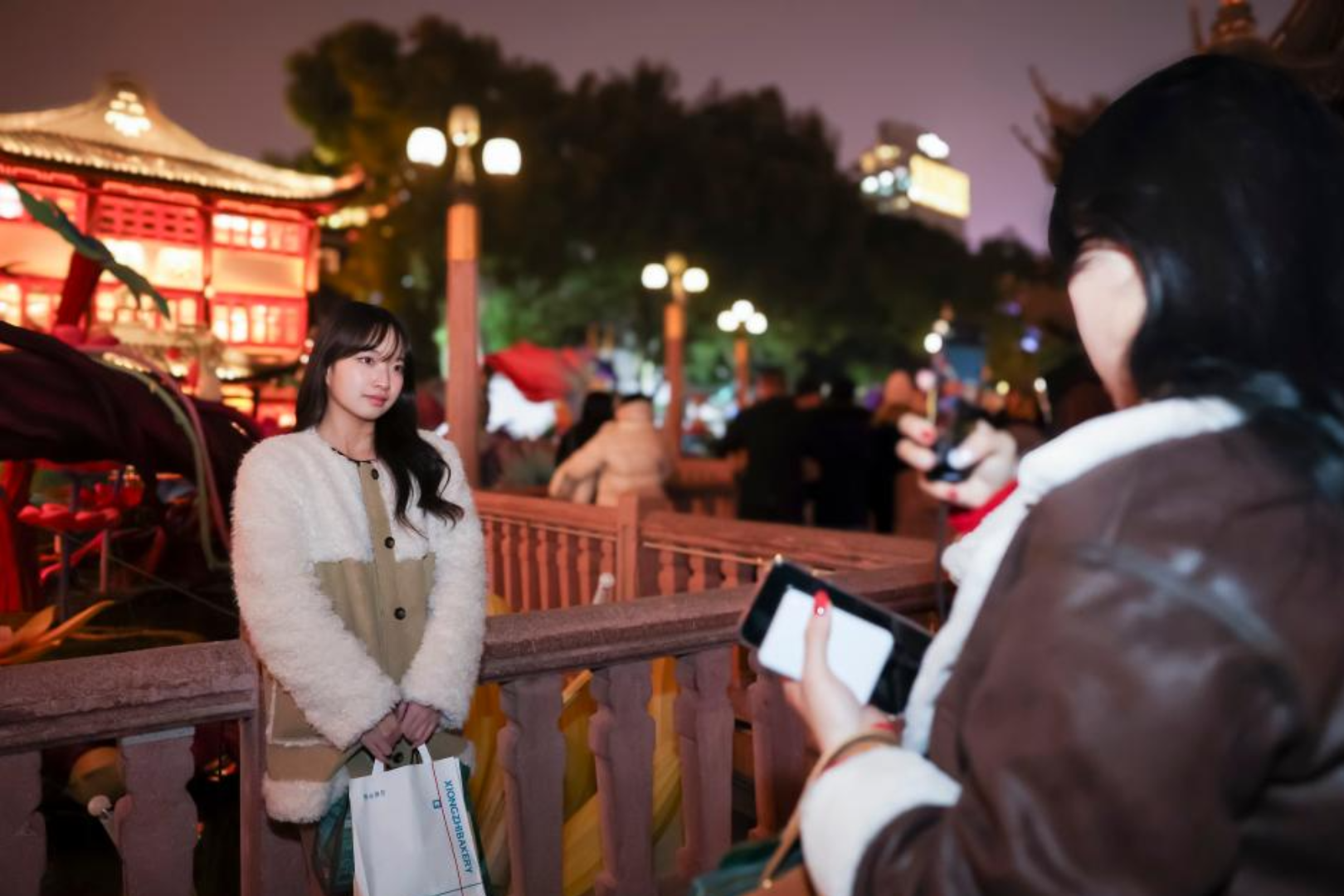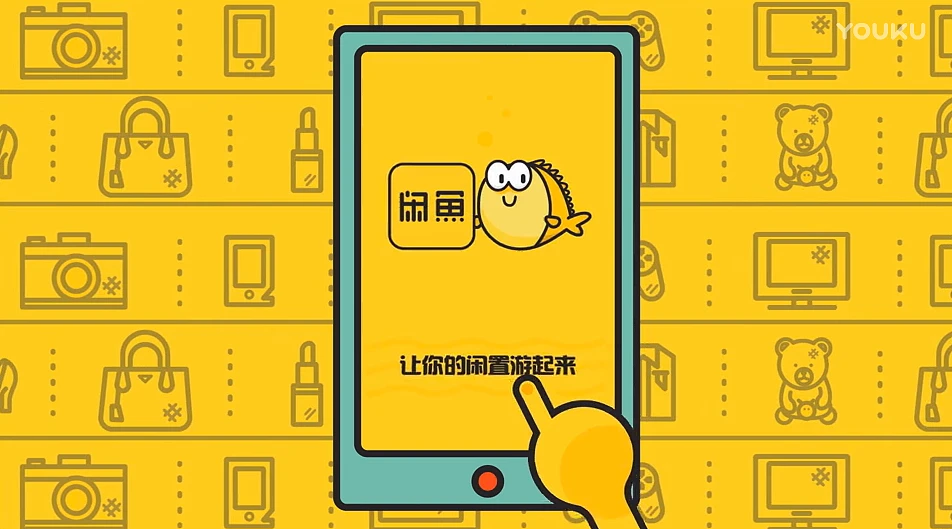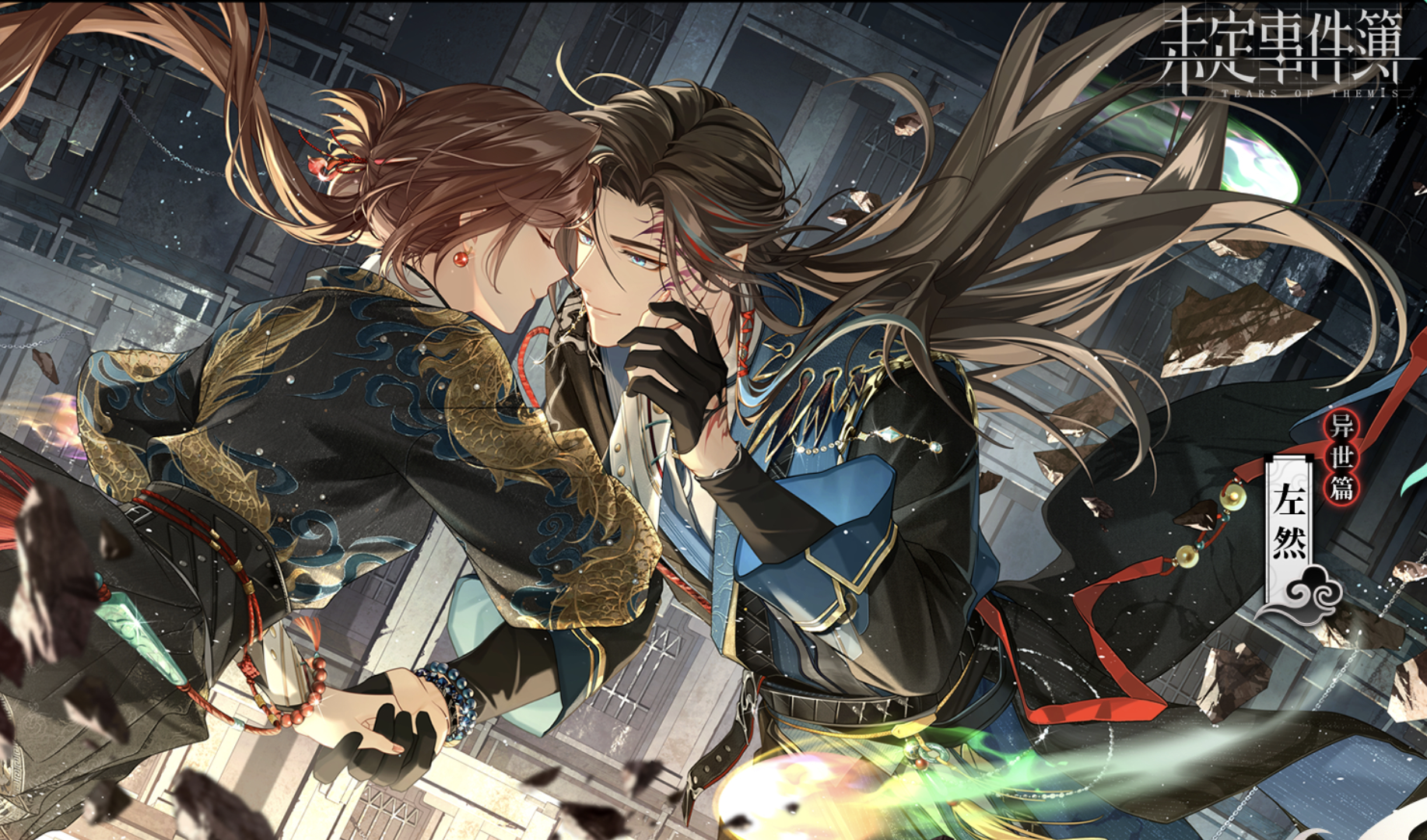Tucked within the dense folds of Kuala Lumpur’s Chinatown, Else stands as a presence waiting to be explored. The boutique hotel intentionally tries not to make a splash. Instead, it eased into the neighborhood and, in doing so, nudged the city’s hospitality scene toward a more design-forward future.
A Landmark with History
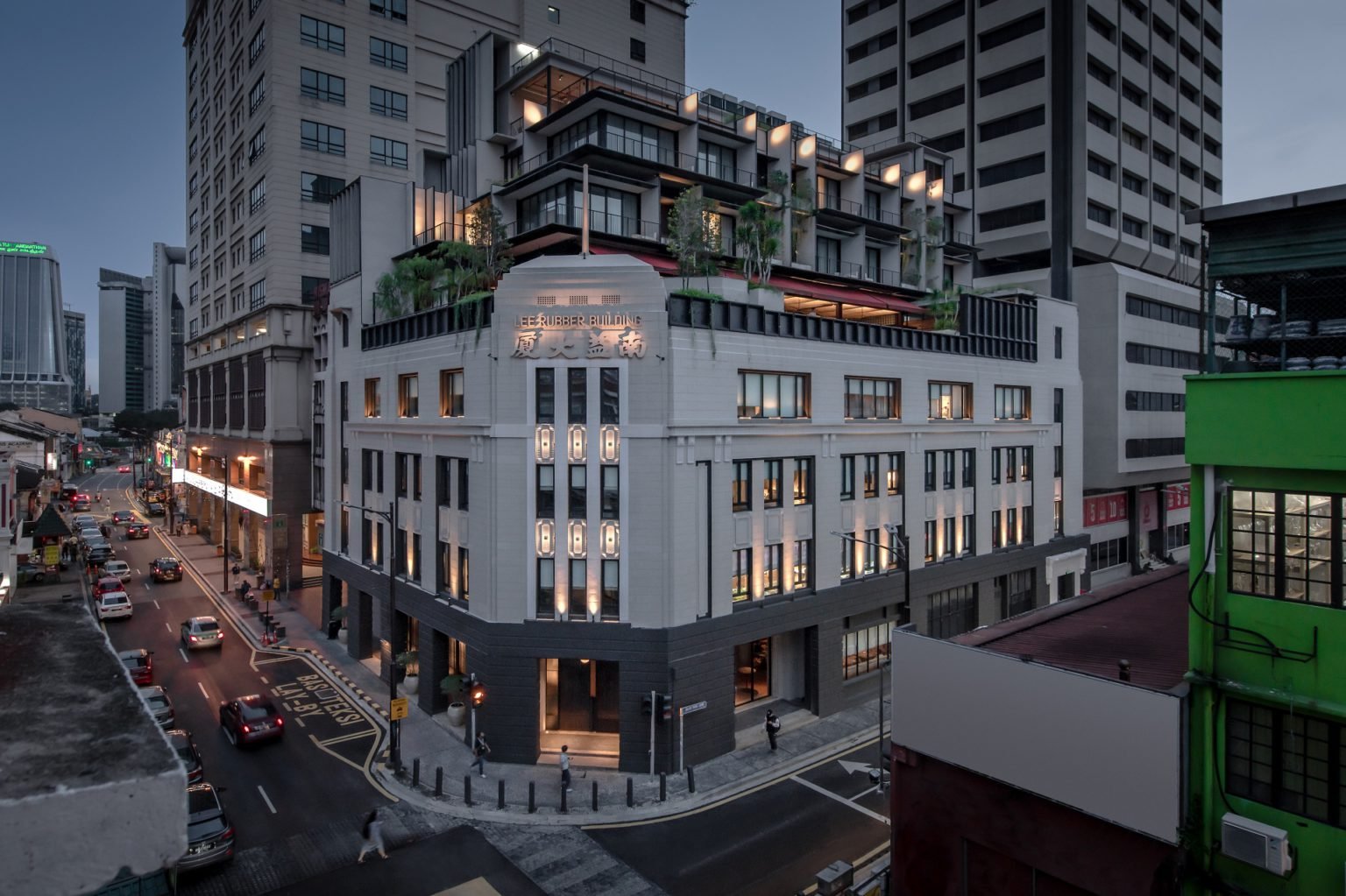
Before becoming Else, the building was known as the Lee Rubber Building, commissioned in the 1930s by the influential Lee family, whose fortune was built on the rubber trade. Designed by British firm Booty Edwards & Partners, it rose as Kuala Lumpur’s tallest building at that time.
As the seasons changed, the building wore many hats: Japanese wartime offices, a bookstore, tuition centres, and even a concept shop. By the 2010s, the structure stood muted, overshadowed (in both a literal and figurative sense) by the city skyscrapers that rose around it. This was the status quo for a while, until co-founders Justin Chen and Javier Perez saw its untapped potential.
Conversation Between Old and New
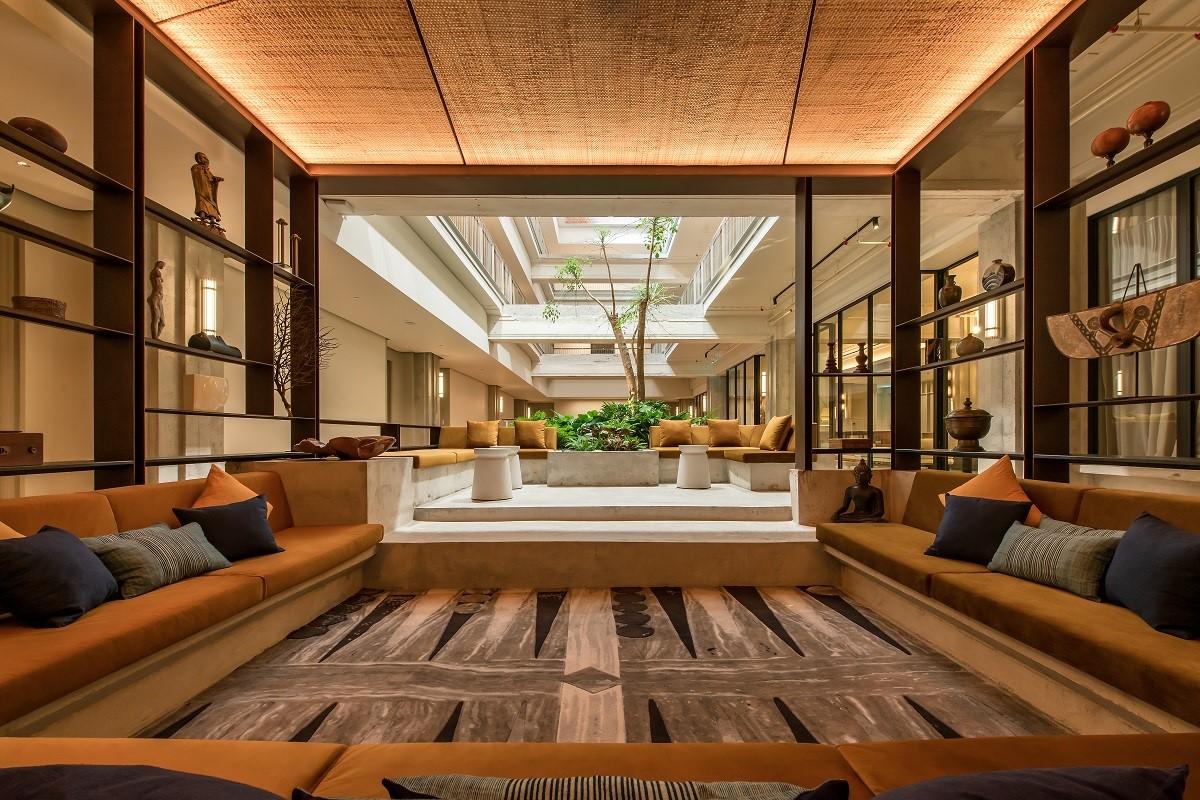
To bring that vision to life, Chen and Perez brought on local design firms Studio Bikin and Faizah Architect. Together, they approached the project not as a renovation but as a form of architectural exercise, while preserving the history of the building.
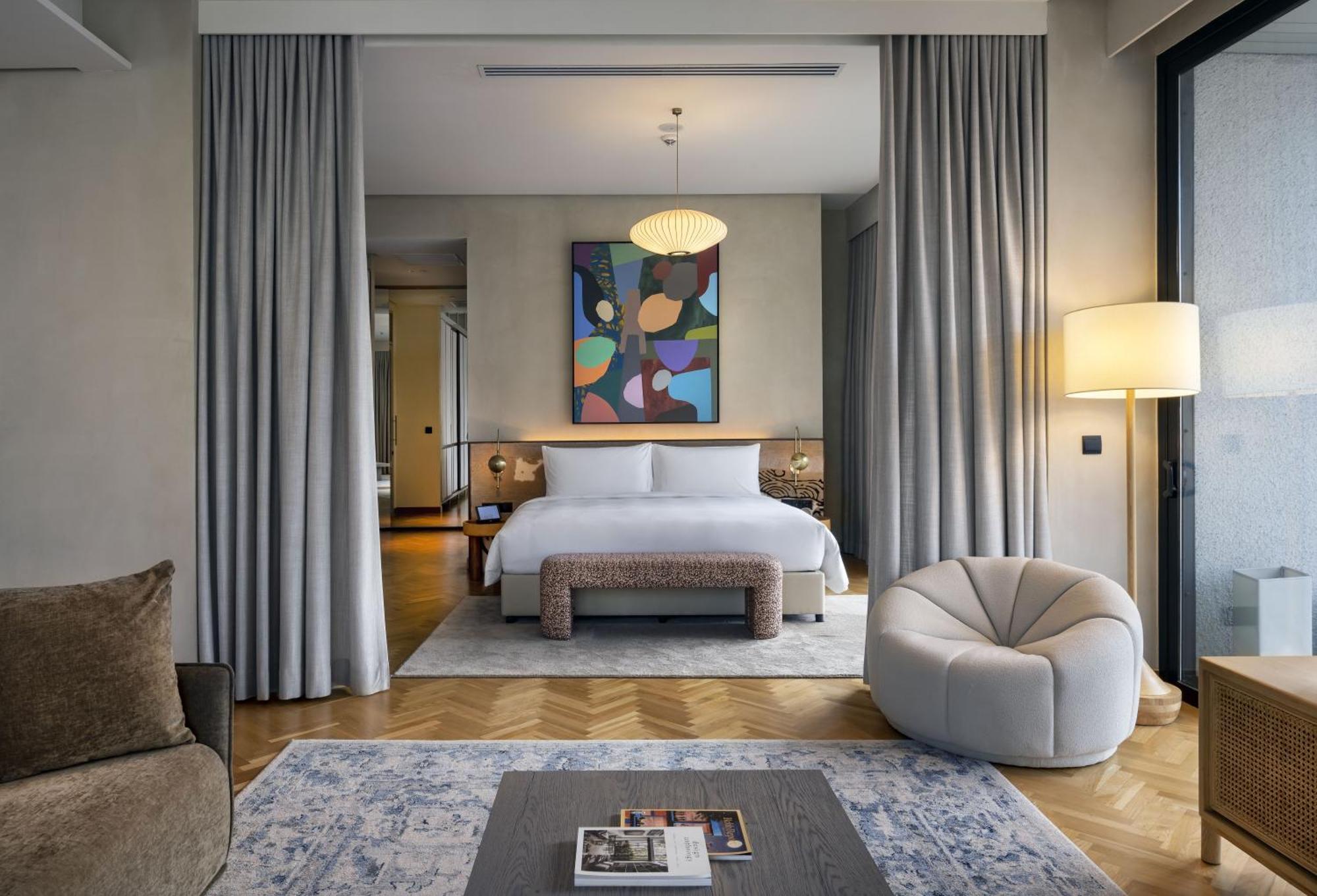
The facade largely remained untouched. Inside, they carved out voids and airwells through the core of the building, inviting natural light to flow through what was once a dark, enclosed space. The result is a kind of urban sanctuary that’s open, breathable, and zen-like.
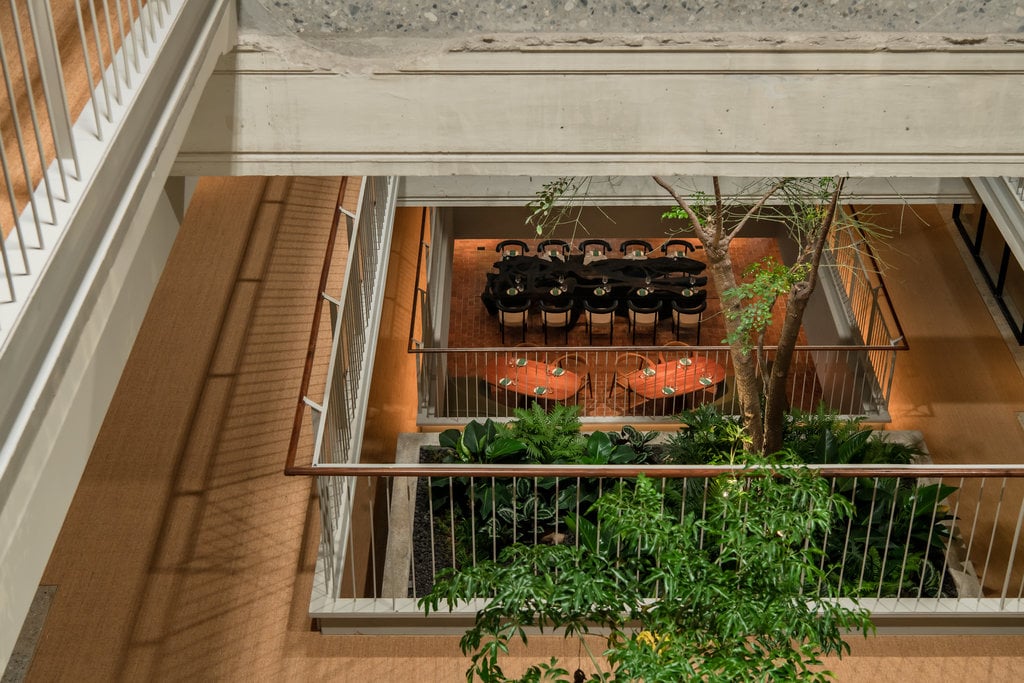
A sleek two-storey rooftop addition perches above, with slender steel columns and vertical fins that pay homage to the building’s natural lines.
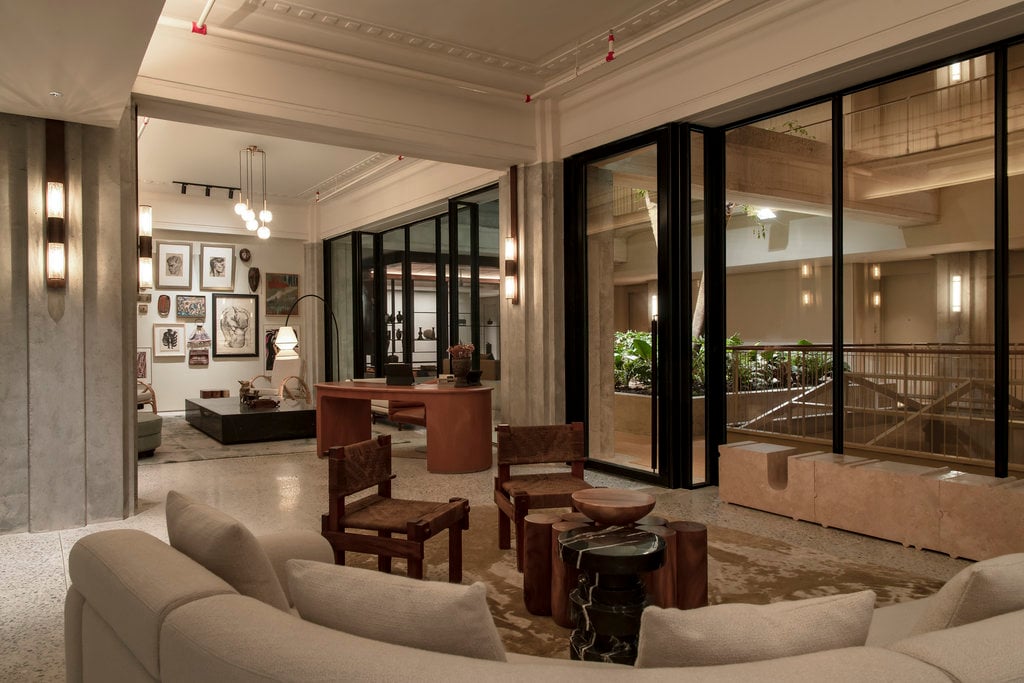
Design that Breathes
At the entrance, the preserved facade gives way to a collector’s lounge centered around a century-old Merbau dining table, flanked by rustic Armenian timber columns and anchored by terrazzo benches salvaged from the building’s former showroom.
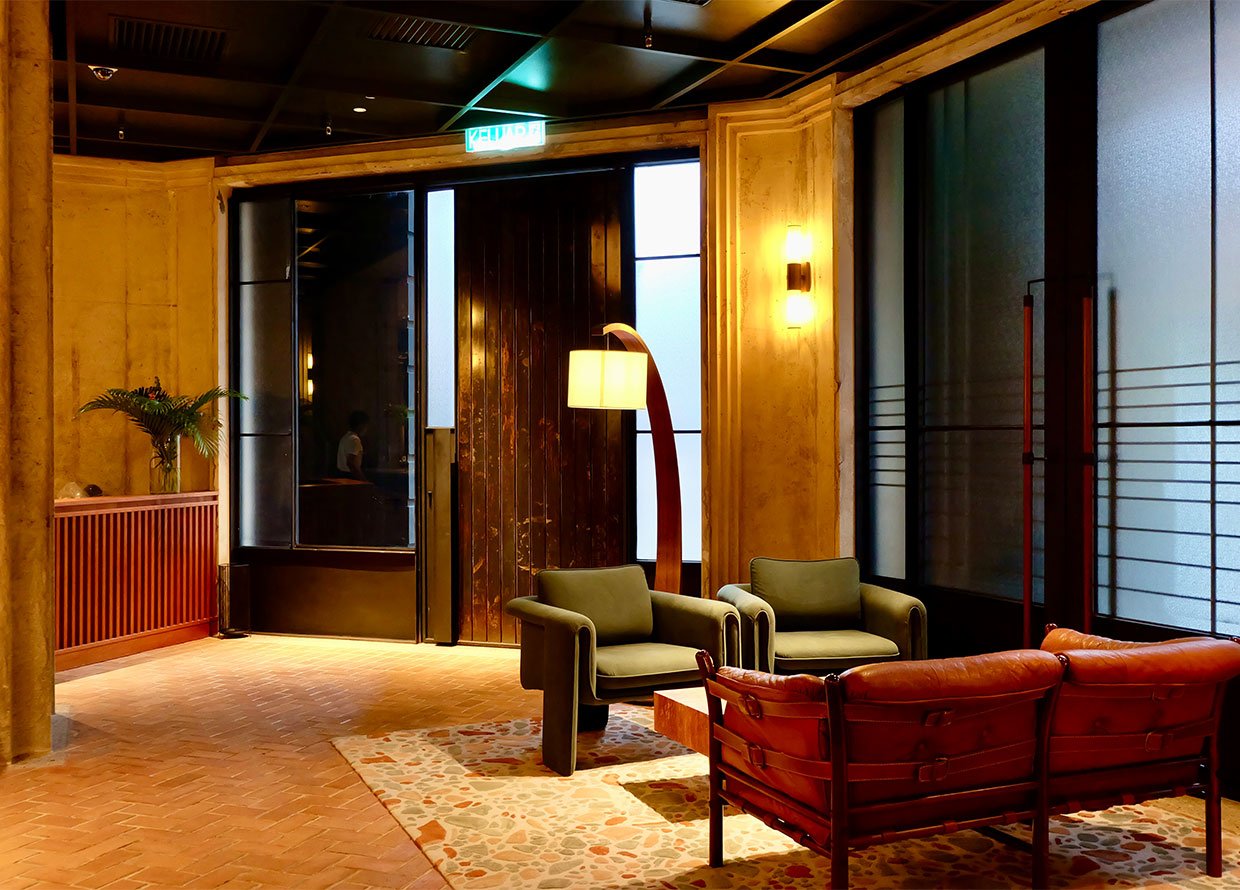
The 49 rooms continue this restrained luxury. Earthy tones, tropical woods, and handmade elements come together in spaces that feel personal rather than polished. Woven headboards crafted by Bidayuh and Penan artisans add cultural texture. Curated minibars and art pieces by Malaysian talents create layers of discovery.
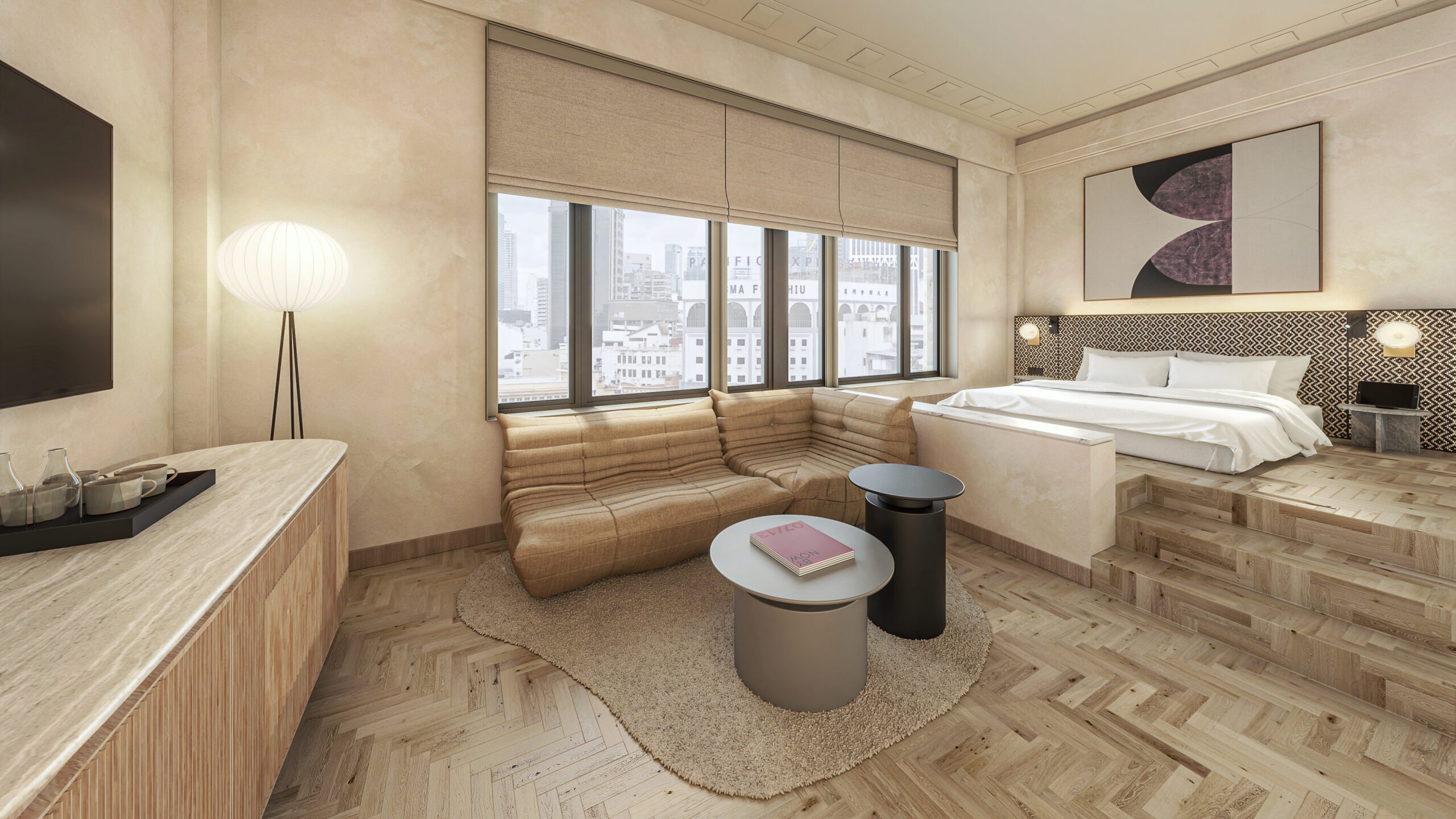
Art by local voices peppers the walls, giving each corner a photogenic opportunity. Rugs by Omar Khan soften the floors. In the Library Den, ceramic objects, thick coffee table titles, and muted lighting invite guests to ponder and relax.
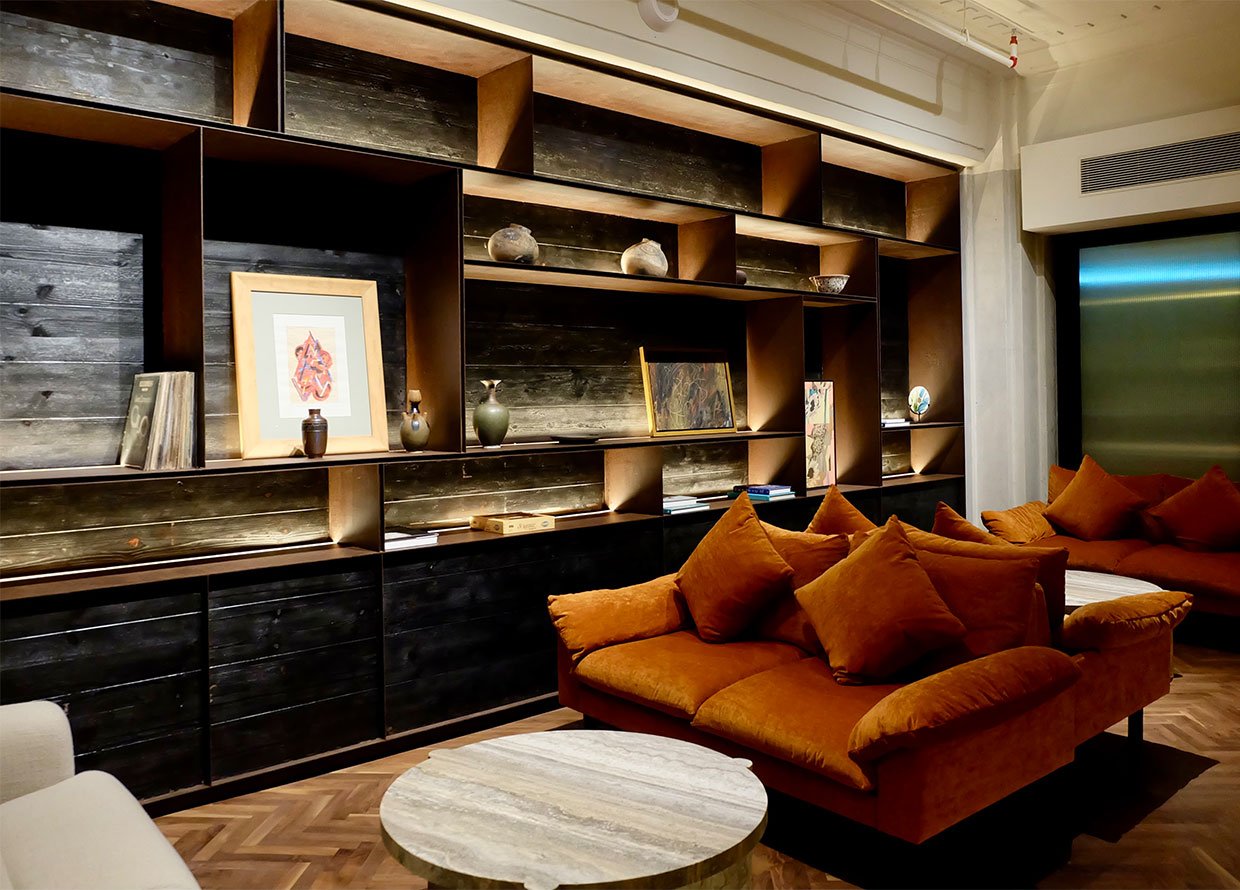
Culinary & Communal Anchors
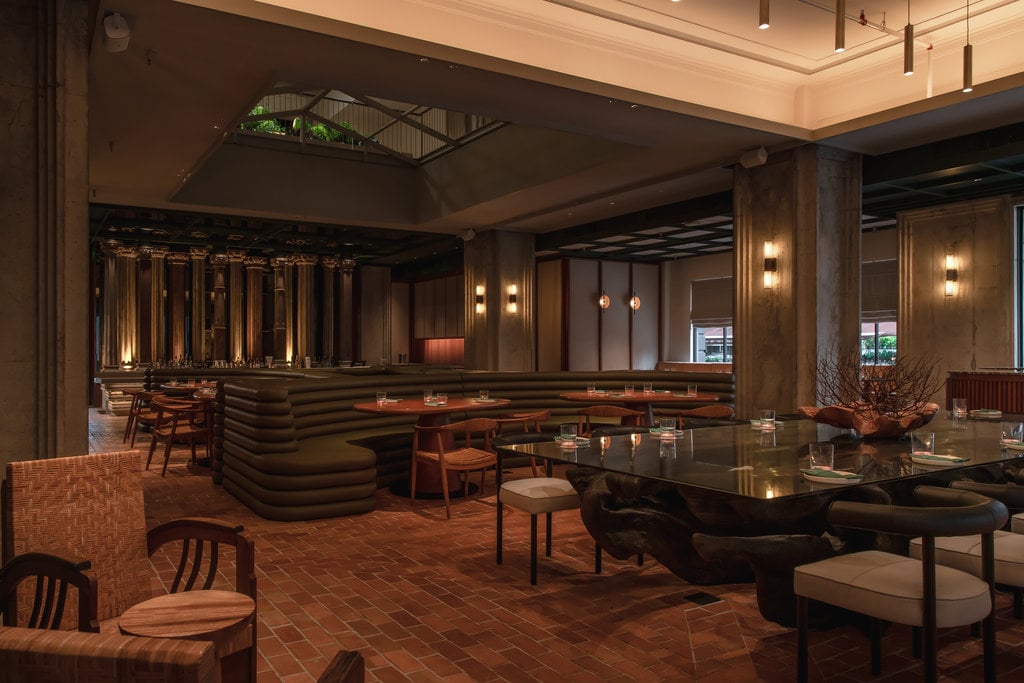
Else isn’t just about contemplative interiors. It’s anchored by forward-thinking culinary spaces. On the ground floor, Raw Kitchen Hall sits beneath vaulted ceilings framed by antique columns. Its menu weaves tropical produce into global flavors. One level up, Yellow Fin Horse leans into elemental cooking with fire-grilled seafood, an apartment-like atmosphere, and thoughtful sourcing of local ingredients.
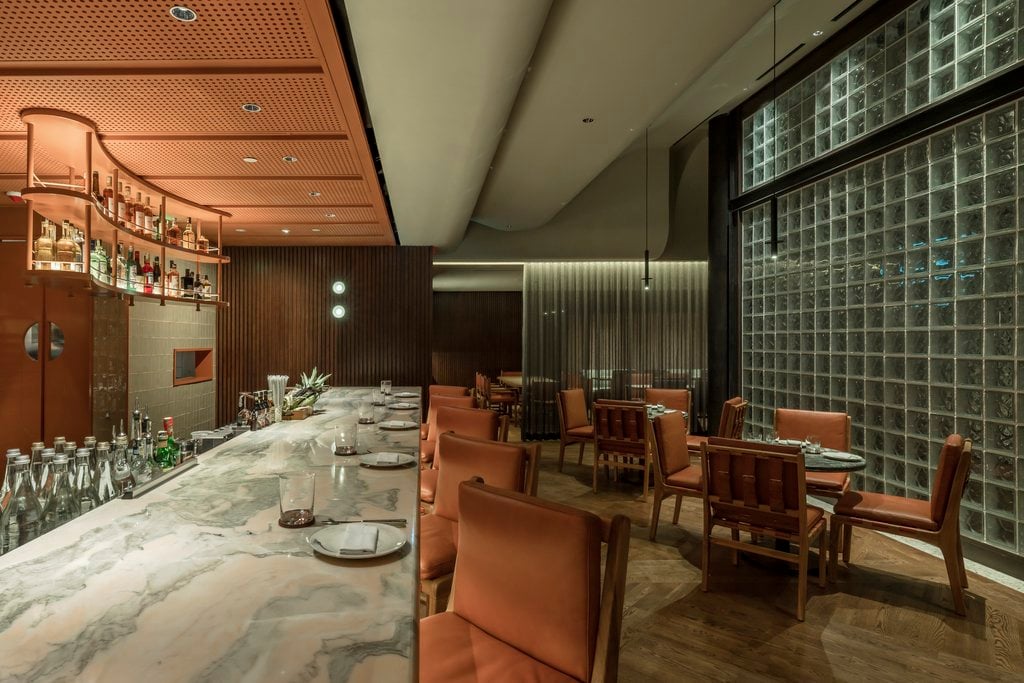
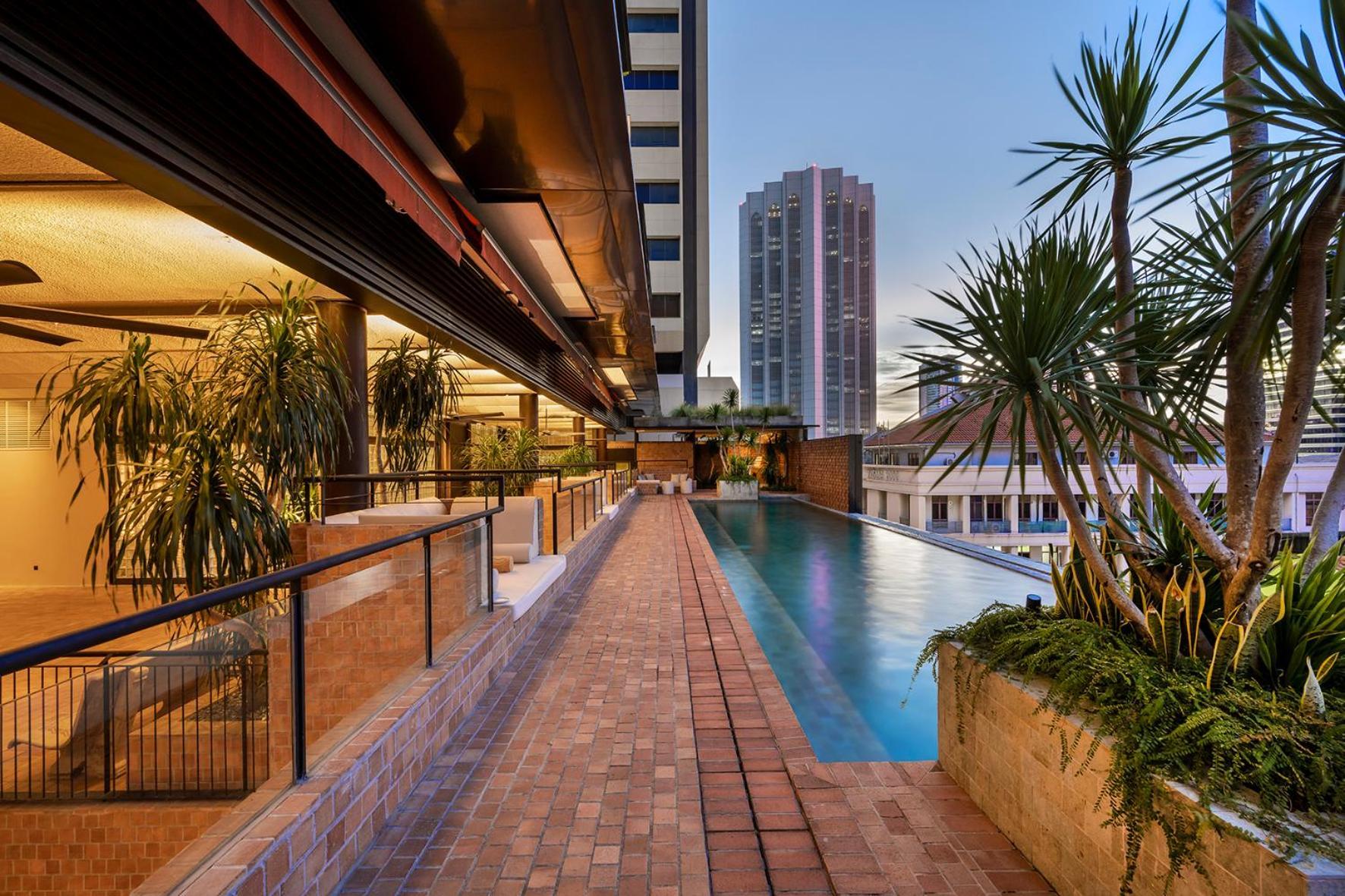
The fourth-floor infinity pool peers over Chinatown’s rooftops, while a Gratitude Room encourages a mindful pause. Floatation pods and a gym filled with NOHrD equipment speak to Else’s belief in wellness.
A New Story for Chinatown
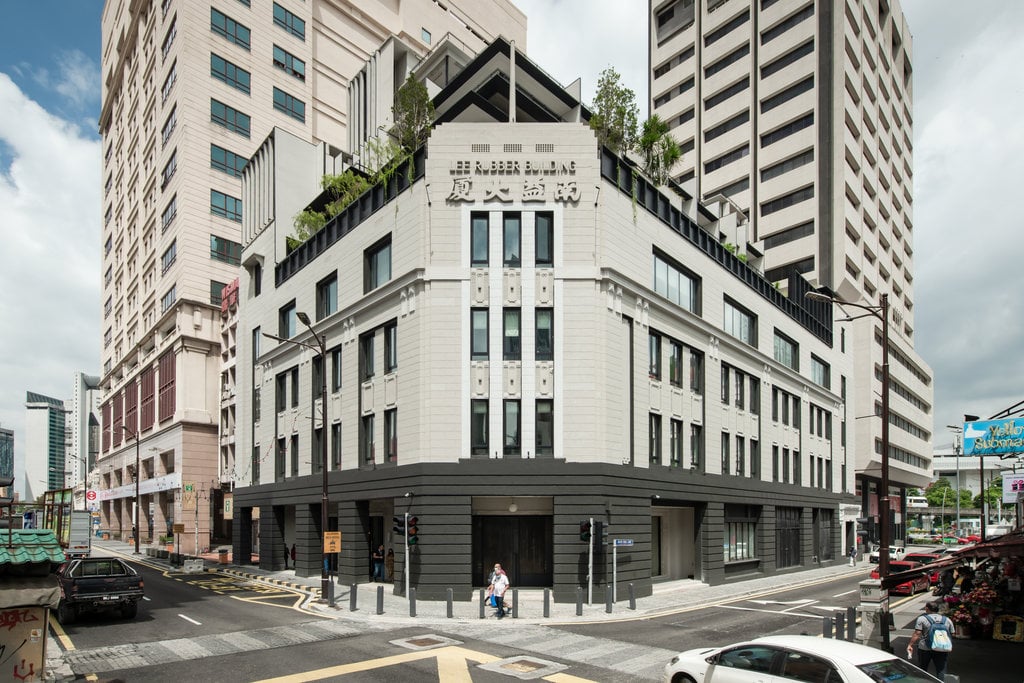
By choosing this corner of Chinatown, Chen and Perez tapped into a moment. Perez describes it best, saying that Chinatown felt “like Bangkok in the late ’90s or [Singapore’s] Tiong Bahru in the early ’00s”—a creative district on the brink. Their goal wasn’t to gentrify, but to nurture: to open a space that listens to and enhances the creative energy bubbling below.
What makes Else remarkable is its balancing act of combining architecture and design into an age-old building without stripping away its core identity. In a city obsessed with velocity and verticality, Else offers something slower and more deliberate. It’s, of course, a hotel—but also a conversation about place, identity, and what it means to restore rather than replace.

In balancing restoration and contemporary intervention, the project achieves something rare: a place that lives within its history, yet invites a new wave of discerning guests and curious travellers to soak in an environment unlike any other. It’s not only a milestone in heritage architecture but a model for mindful hospitality. Might we say, this is truly something Else, indeed.
Cover image via Else.
